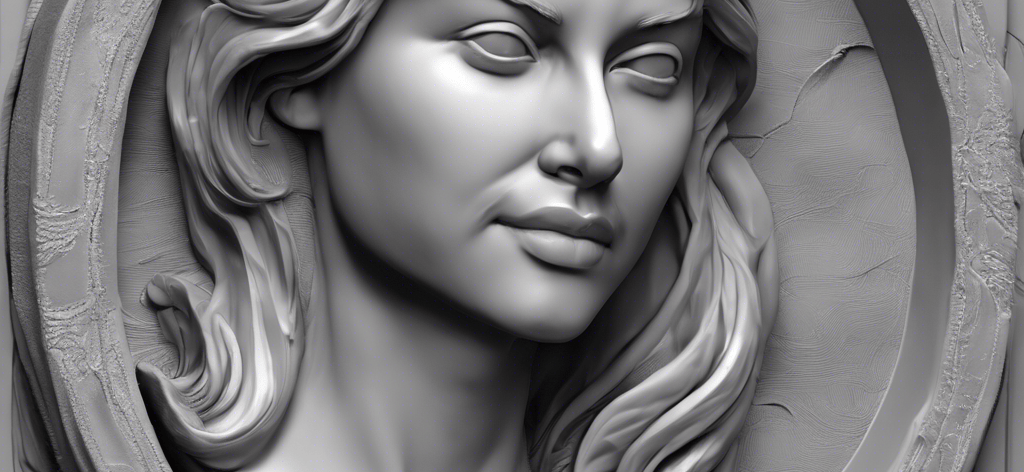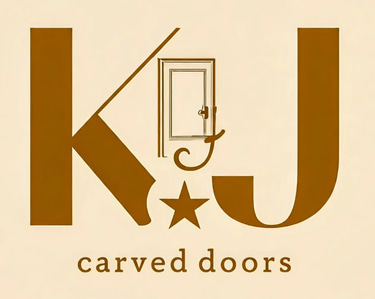Transforming Ideas into Reality: A Guide to 3D CAD/CAM Modeling with ZBrush
10/8/20242 min read


Introduction to 3D CAD/CAM Modeling
The digital world has seen a remarkable evolution in design processes, allowing ideas to metamorphose into tangible representations with the aid of advanced technology. In the realm of manufacturing and design, 3D Computer-Aided Design (CAD) and Computer-Aided Manufacturing (CAM) play pivotal roles. This article explores how to turn conceptual ideas into detailed 3D models, particularly focusing on the utilization of ZBrush software.
The Journey from Concept to 3D Model
The process of transforming an idea into a 3D CAD/CAM model begins with a clear understanding of the core concept. Brainstorming and sketching preliminary designs are essential initial steps. Following this, various software tools, such as ZBrush, can be employed to produce intricate and sophisticated models. ZBrush is acclaimed for its powerful 3D sculpting capabilities, making it ideal for artists and designers aiming to create highly detailed objects.
An Overview of ZBrush Software
ZBrush, developed by Pixologic, is a leading software in the field of digital sculpting. It allows users to build organic and hard-surface models with a level of detail that is often unmatched by other 3D modeling tools. Users can manipulate shapes rapidly, applying various brushes and textures to achieve the desired appearance. For instance, by applying appropriate settings and adjustments, one can sculpt a character or product design effortlessly.
To illustrate the effectiveness of ZBrush, consider a scenario where an initial idea is transformed into a fully realized 3D model. Artists can start with simple geometric shapes and progressively add complexity through detailed sculpting. The results are not only visually stunning but serve practical functions within the CAD/CAM workflow. This process enhances collaboration as well, allowing stakeholders to visualize the final product before it enters production.
Moreover, ZBrush's capabilities extend to texturing and painting, enabling artists to finish their 3D models comprehensively. Once completed, the models can easily transition into the CAM process, where they are used to create prototypes or final products through various manufacturing techniques.
Conclusion: Bridging Ideas and Reality
In summary, the transition from an innovative idea to a functional 3D CAD/CAM model is an exhilarating journey that can be effectively navigated using software like ZBrush. By leveraging modern technology and applying creative processes, designers can breathe life into their concepts, facilitating the creation of products that meet market demands. Whether for personal projects or professional endeavors, understanding how to utilize powerful tools ensures a seamless transition from creativity to production.
